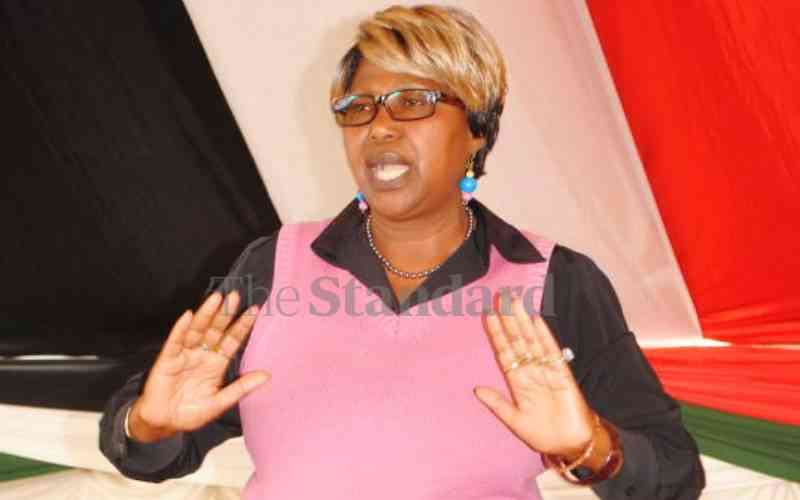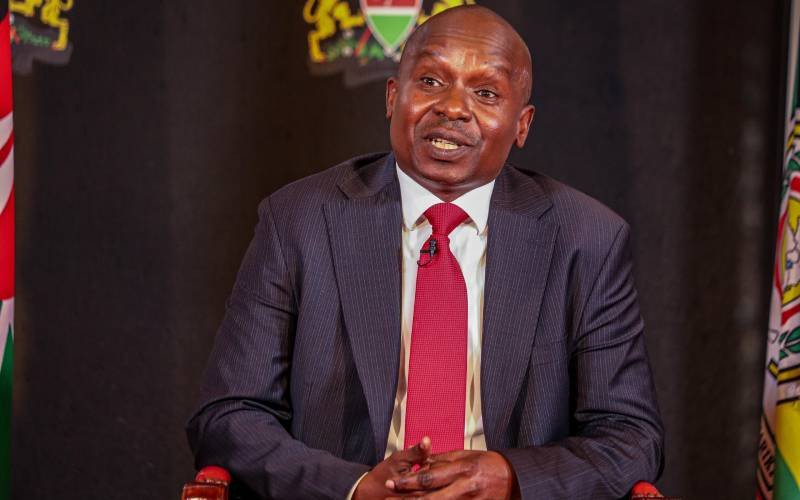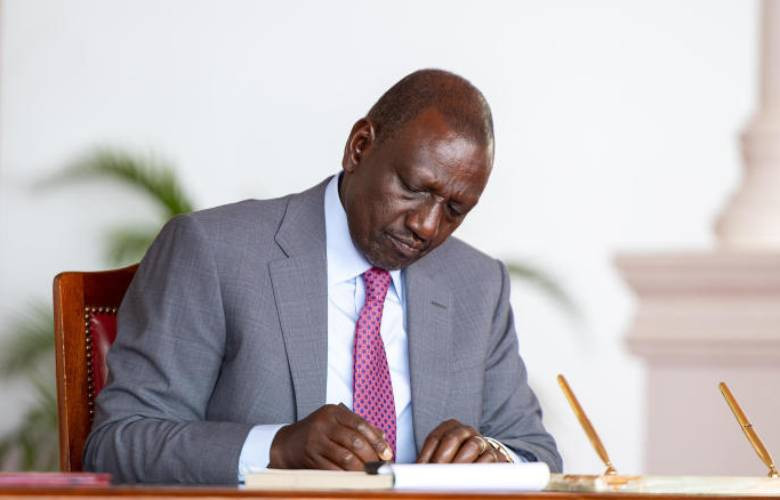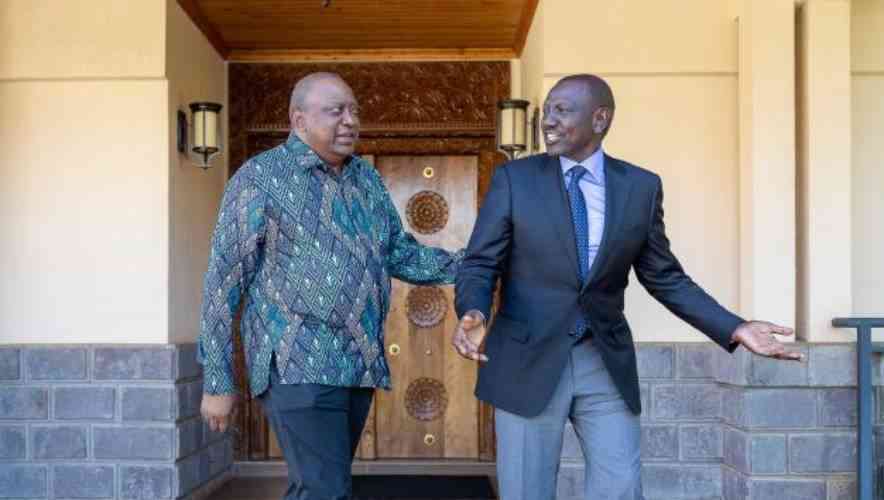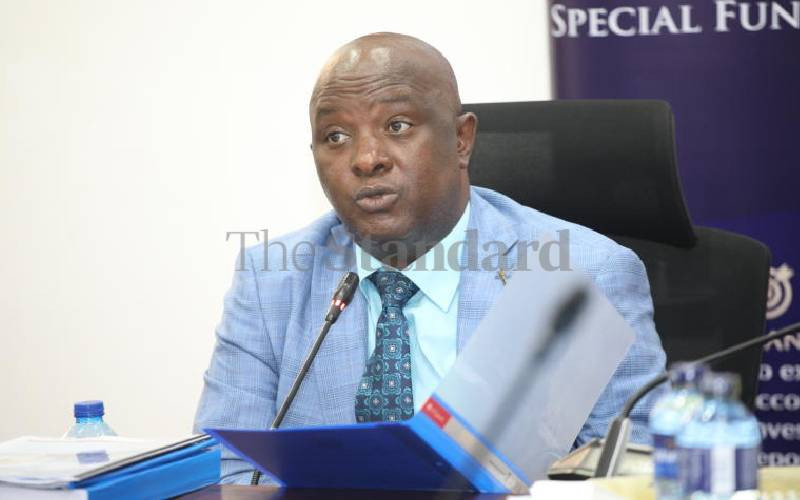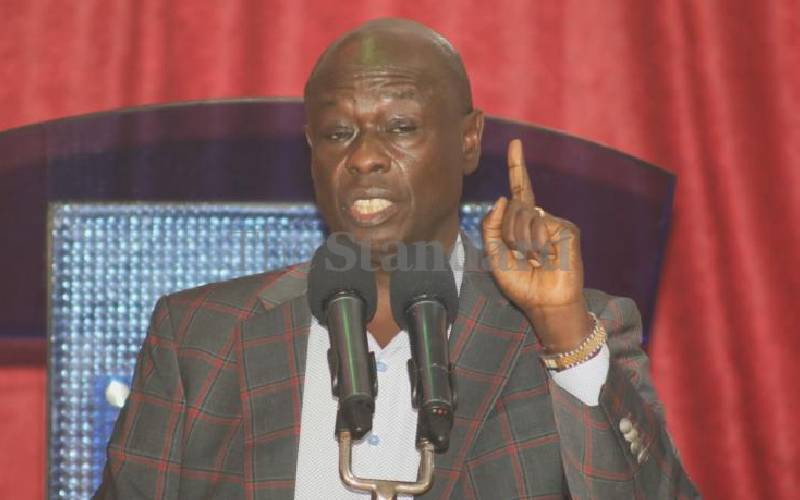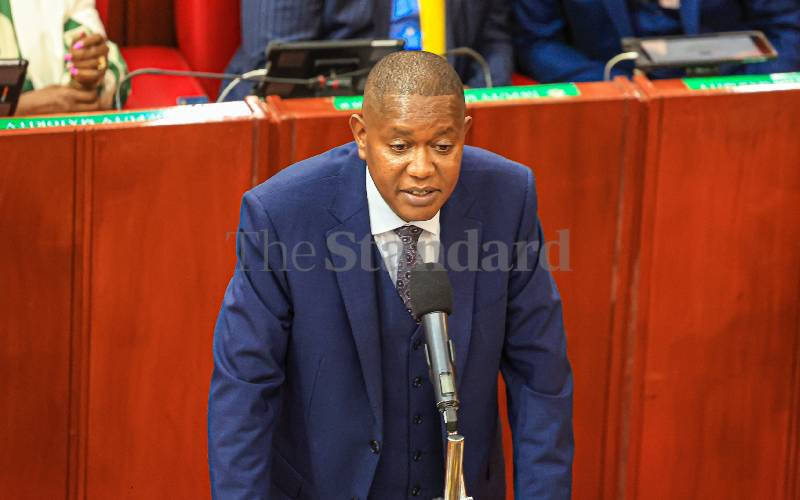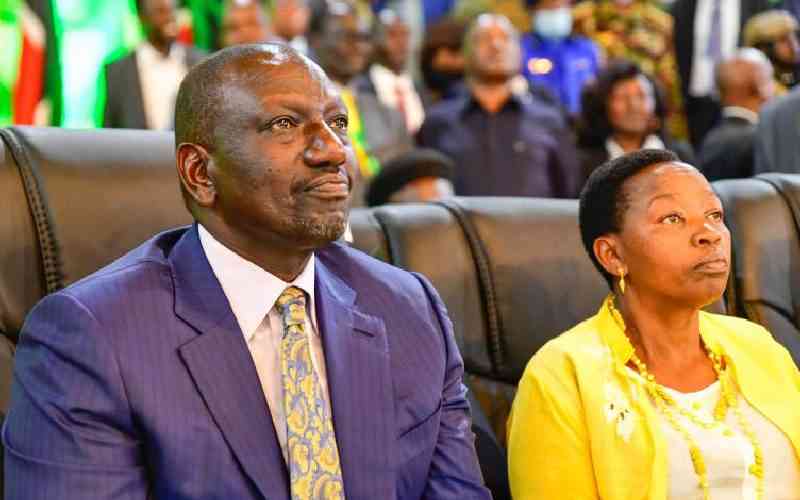
How did Deputy President William Ruto defy the predictions of pollsters to beat his competitor, former Prime Minister Raila Odinga, in the just-concluded presidential elections?
The straightforward answer is that Dr Ruto put together a well-oiled campaign machinery that helped him garner more votes in a hotly contested election whose end had all the hallmarks of a photo-finish in a 100-metre race.
By getting 7,176,141 votes against Raila's 6,942,930 votes, Ruto was able to cross the constitutional requirement of 50 per cent+1 mark by 69,572 votes to avoid a run-off.
But the main factor that propelled the DP to the House on the Hill was a relatively high voter turnout in what could be considered Ruto's strongholds compared to those of Raila.
The ability of the Ruto team to turn out their base to vote, said constitutional lawyer Bob Mkangi, was accentuated by the kind of messaging and tactics that they employed.
"I don't think either of the sides succeeded in overwhelming the other. But the winner managed to slightly convince more of their voters to come out and vote," said Mr Mkangi.
Some of Ruto's strongholds where people turned out in droves to vote included the North Rift counties of Bomet, West Pokot, Kericho and Elgeyo Marakwet.
- Ruto remains mute as healthcare crisis worsens
- Government calls on KMPDU to end strike
- Ruto going against KK manifesto, unions say
- Go back to work, Ruto tells striking doctors
Keep Reading
These regions had a voter turnout of between 78 and 80 per cent, meaning for every five registered voters, only one did not show up at a polling station to vote on August 9.
While voters in Raila's strongholds of Luo Nyanza also turned out to vote, the numbers were not as high like in the four Rift Valley counties.
In the Luo Nyanza counties of Migori, Homa Bay, Kisumu and Siaya where Raila got over 95 per cent of the votes, the turnout stood at 74.5, 73.7, 71.4 and 70.9 per cent, respectively.
Azimio la Umoja-One Kenya Coalition, said Mkangi, may have scored an own goal by giving their supporters the impression the election was in the bag.
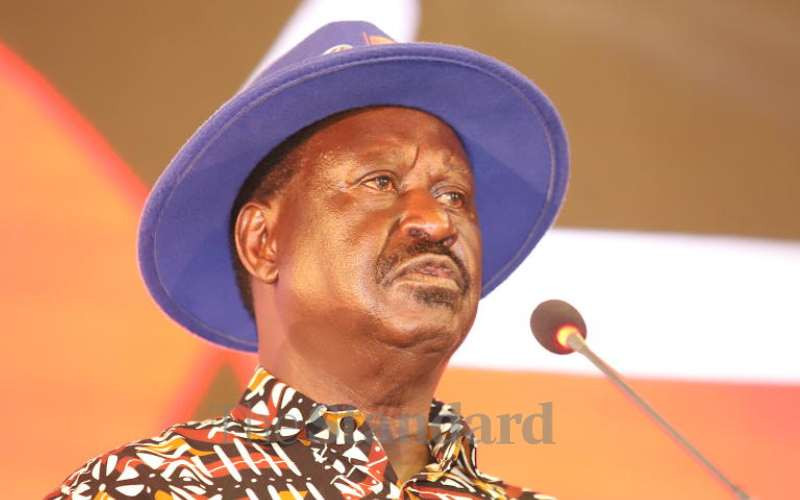
"Even worse is when they threw in the metaphors of having 'the system' and 'deep state' on their side," said Mkangi, noting that some of Raila's supporters might have stayed home knowing that their win was assured.
An evaluation of voting data released by the Independent Electoral and Boundaries Commission (IEBC) shows that Raila scored highly in areas with poor voter turnout.
Of the 20 counties with lowest voter turnout, Raila won in 18, including Mombasa which had the lowest turnout of 43.8 per cent in this election.
Some Azimio leaders have blamed a decision by the IEBC to postpone elections for the governor in Mombasa and Kakamega counties as one of the factors that contributed to voter apathy.
Voter turnout in Mombasa dipped from 59.4 per cent in 2017, while Kakamega saw a drop from 74.9 per cent in 2017 to 60.29 per cent last Tuesday.
Generally, the biggest drop in voter turnout was in Mount Kenya counties. Nyandarua dipped by 19.5 percentage points, Murang'a (18.8), Kiambu (18.6) and Nyeri (18.5).
Analysts said the fact that a strong candidate from Mount Kenya did not feature on the ballot for the first time might explain the apathy.
Nonetheless, these counties, particularly Kiambu, Nakuru, and Murang'a where the DP got over 80 per cent of the votes, also happen to have a high number of registered voters of the 47 counties. As a result, even the average turnout of 67 per cent provides a candidate that controls them with a massive boost in a tightly contested poll.
Even worse for Raila is that areas with huge registered voters such as Nairobi, Mombasa, Kakamega, and Machackos generally had a low voter turnout.
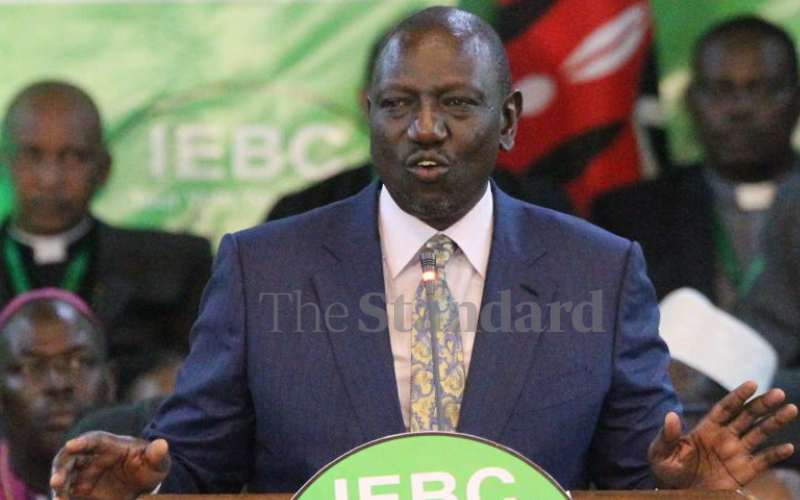
While Raila made some incursion in Mount Kenya counties, it is Ruto who made a major raid in Raila's strongholds, sharing votes cast almost equally with Raila in rich-vote counties such as Nairobi, and even flipping Bungoma to yellow.
In the three Ukambani counties of Kitui, Machackos and Makueni, Ruto outperformed President Uhuru Kenyatta in the 2017 elections.
In 2017, Uhuru got 18 per cent of the votes in Machackos and Kitui, and only eight per cent in Makueni.
However, five years later, Ruto garnered 25 per cent of the votes cast in Machackos, 27 per cent in Kitui and 20 per cent in Makueni.
In 2017, Raila squared off with Uhuru who threw his weight behind the former premier in this year's elections.
But, perhaps the hallmark of Ruto's incursion into Raila's stronghold was how he beat the ex-PM in Bungoma, a region where the opposition leader beat Uhuru in 2013 and 2017.
Many observers reckon this might have been the fatal blow in Raila's fifth stab at the presidency. Some critics also think the loss had something to do with hubris on the part of Azimio leaders.
During campaigns, Raila expressed disappointment after polls showed that he was trailing Ruto who scored 60 per cent against the former premier's 40 per cent. When the final tally was in, Ruto got 255,966 votes against Raila's 145,280, or 35.9 per cent of valid votes.
 The Standard Group Plc is a multi-media organization with investments in media platforms spanning newspaper print
operations, television, radio broadcasting, digital and online services. The Standard Group is recognized as a
leading multi-media house in Kenya with a key influence in matters of national and international interest.
The Standard Group Plc is a multi-media organization with investments in media platforms spanning newspaper print
operations, television, radio broadcasting, digital and online services. The Standard Group is recognized as a
leading multi-media house in Kenya with a key influence in matters of national and international interest.

